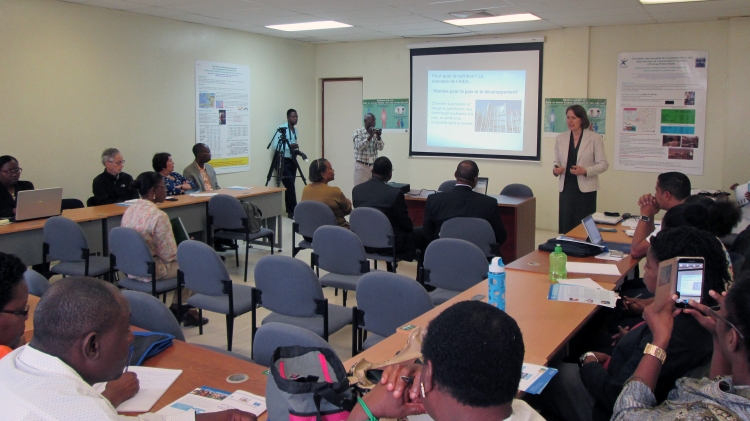Anaemia is a public health problem in Haiti. 61% of children younger than 5 years (72% of which are under 2 years old), 50% of pregnant women and 34% of lactating mothers are anaemic (figures from 2006).
Food fortification – that is, fortification of staple foodstuffs with iron and other necessary nutrients – offers an effective way to combat anaemia. In Haiti, wheat flour is consumed by the entire population in both urban and rural areas. In February 2017, the country issued a law making it obligatory to fortify wheat flour with iron, folic acid, B vitamins and zinc.
As part of this effort, the Haitian Government requested the IAEA to help inform their choice of the most cost-efficient iron fortificant to add to the flour. A study was conducted by the Human Nutrition Laboratory of ETH Zurich in collaboration with the nutrition team of the Ministry of Health, supported by the IAEA’s technical cooperation programme[1]. Twenty mothers and their children participated in the study, which measured their absorption of iron from flour fortified with ferrous fumarate[2], NaFeEDTA[3], or a combination of the two. The study outcomes demonstrated differences in the bioavailability of the two iron fortificants from wheat flour and identified NaFeEDTA as the more efficient fortificant compound in both groups. However, given its cost, a slightly higher fortification level of ferrous fumarate was found to be more cost-effective. The results have provided a basis for defining the level and type of iron fortificant(s) to add to wheat flour in the national fortification programme.





